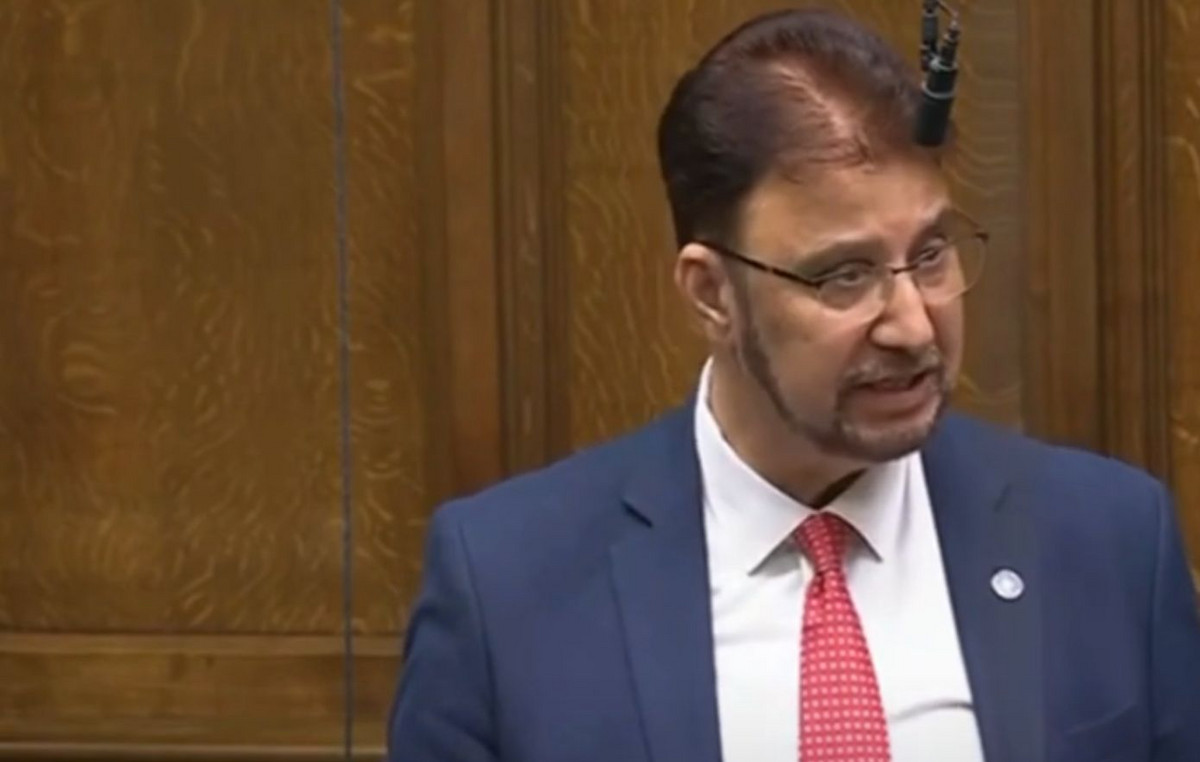Data prepared by FGV Social based on data from the Gallup Institute reveal that, last year, food insecurity reached 36% of the Brazilian population. The country’s data is higher than the global average, which was 35%. Because it is from 2021, the statistic does not measure the influence of the war in Ukraine.
The percentage of people who did not have money to eat or to feed their families has been rising in recent years. Hunger began to grow in Brazil in 2014, because of the economic recession during the years of the Dilma Rousseff (PT) government. It reached 30% at the beginning of the Jair Bolsonaro (PL) government and, with the Covid-19 pandemic, it reached the current level of 36%, being above the world average for the first time.

Among women, hunger has jumped: almost half of Brazilian women (47%) were unable to feed their children last year. In 2019, the percentage was 33%. The global average in 2021 was 37%. The closing of schools exacerbated the hunger of the children, as they ran out of lunch and their mothers had to stop working.
Among men, the percentage dropped from 27% to 26% from 2019 to 2021. The global average is 33%.

Contrary to what happens, for example, in a climatic disaster, the hunger epidemic caused by Covid-19 has reached the population very unequally. Among the poorest 20%, the number of hungry people increased by 22 percentage points in Brazil (from 53% to 75%), well above the world average of 48%. The rate of 75% comes close to Zimbabwe’s 80%.
Among the richest, food insecurity decreased between 2019 and 2021, falling from 10% to 7%, a percentage equal to that of Sweden. The global average is 21%.

Economist Marcelo Neri, professor at FGV and director of the Center for Social Policies at FGV, assesses that the changes in Emergency Aid since the beginning of the pandemic may be related to the scenario.
“In 2020, Emergency Aid was quite generous, but it fluctuated. In early 2021 it was interrupted and then resumed. This may help explain the numbers so high, with aid stopping in 2021,” he comments.
Neri also mentioned that, from a macroeconomic point of view, high inflation also tends to harm the low-income population more. “The inflation of the poor, since 2014, was already 6 points higher than that of the highest income. And for the last 12 months it is at 1.9,” he added.
Source: CNN Brasil
I am Sophia william, author of World Stock Market. I have a degree in journalism from the University of Missouri and I have worked as a reporter for several news websites. I have a passion for writing and informing people about the latest news and events happening in the world. I strive to be accurate and unbiased in my reporting, and I hope to provide readers with valuable information that they can use to make informed decisions.







